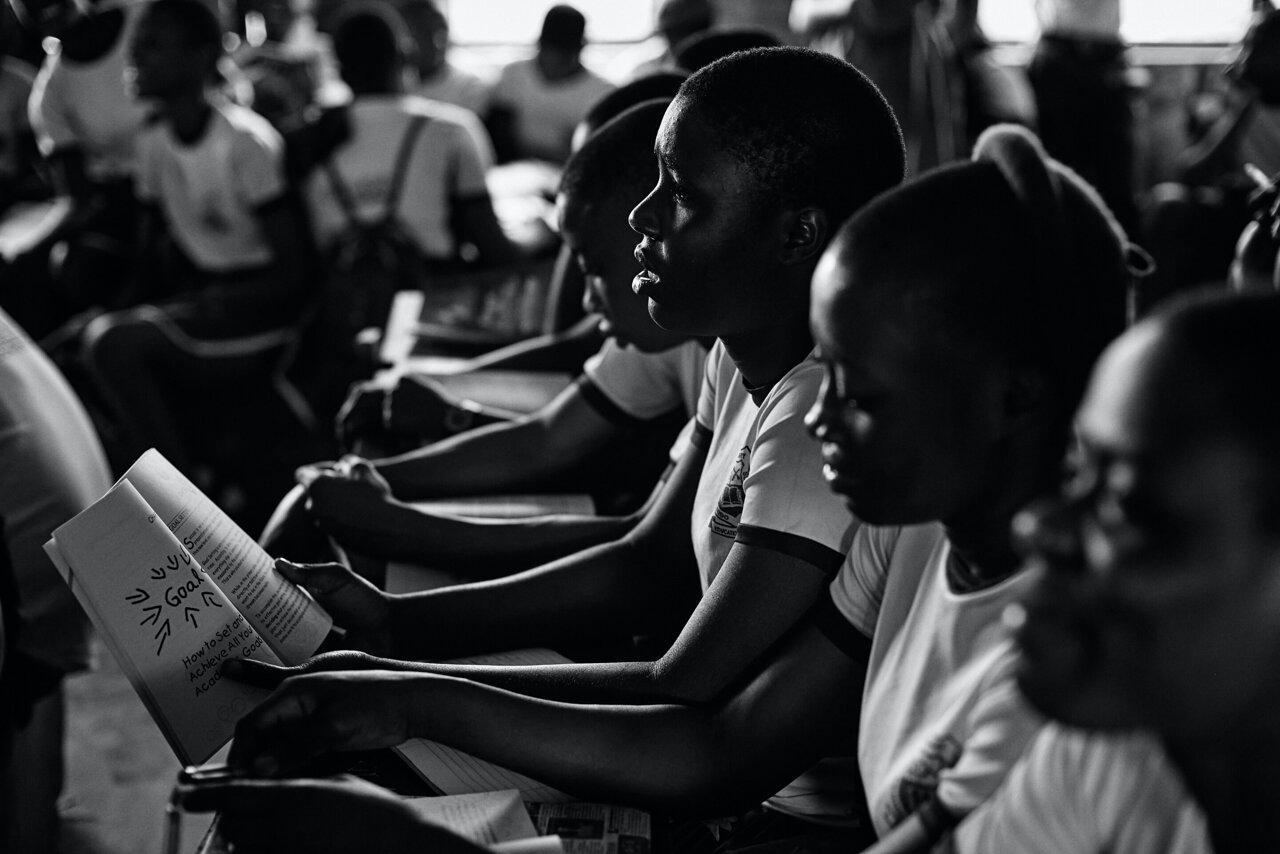The most dangerous policies aren’t the loud, explosive battles over culture wars—they’re the quiet, bureaucratic cuts buried in thousand-page bills. This latest legislation is a masterclass in systemic violence against poor Black and brown communities, disguised as "fiscal responsibility." It doesn’t just reduce benefits—it redesigns the system to ensure failure. Food stamps won’t adjust for inflation, locking families into starvation budgets. Medicaid will force home checks and twice-yearly eligibility proofs, turning healthcare into an obstacle course. And by slashing Planned Parenthood funding, it doesn’t just restrict abortion—it eliminates routine cancer screenings and prenatal care for millions. These aren’t compromises. They’re traps.
Consider the cruelty of the math: raising the food stamp work requirement age to 65 while making waivers nearly impossible (only 1% unemployment qualifies). This guarantees elderly poor—disproportionately Black women—will lose meals. Or the student loan changes: killing interest-free options and adding mandatory $10/month payments for the poorest borrowers. These aren’t "incentives to work." They’re punishments for being poor. The bill’s architects know exactly what they’re doing: constructing a maze where the most vulnerable hit dead ends. And when families collapse under the weight of these policies, the same legislators will blame "personal responsibility."
The most insidious cuts are the silent ones. Ending the National Education and Obesity Prevention Grant Program ($175 million) means schools lose nutrition education while food stamps shrink—a double blow to Black children facing highest childhood obesity rates. Blocking retroactive Medicaid coverage ensures ER visits for untreated chronic illnesses (asthma, diabetes) will spike in communities already facing hospital deserts. Even the internet provision—barring service fees from utility calculations—targets urban poor relying on subsidized broadband for jobs and school. These aren’t line items. They’re precision strikes.
Paradox Alert: The bill claims to "reduce dependency" while systematically dismantling every ladder to self-sufficiency. How does cutting student loan relief create "economic mobility"? How does denying DACA recipients healthcare produce a "healthier workforce"? The hypocrisy is the point. By design, it maintains a permanent underclass—one that’s disproportionately Black and brown. This is the raw machinery of racial capitalism: profit from precarity, then criminalize its consequences.
Classroom Connection: In AP African American Studies, excerpts of this bill can be used as a case study. Have students:
- Map the damage—Overlay cuts with CDC health disparity maps showing Black maternal mortality, food apartheid zones, and medical deserts.
- Debate the framing—Analyze how phrases like "welfare reform" mask engineered suffering (Chomsky’s "manufactured consent" in action).
The bill’s defenders will cry "personal responsibility," but the data screams otherwise. When you raise Medicaid work requirements in states that intentionally underfund public transit (looking at you, Mississippi), you’re not encouraging employment—you’re manufacturing disqualification. When you ban gender-affirming care for trans youth while allowing Medicaid-funded conversion therapy (still legal in 26 states), you’re not "protecting kids." You’re weaponizing policy. This is the modern iteration of "states’ rights" rhetoric—a smokescreen for structural violence.
Teaching Resistance: Don’t just teach the harm—teach the counterplay. Have students:
- Design "survival guides" explaining cuts in plain language (a la the Black Panther’s original breakfast programs).
- Audit local impact—Calculate how many students’ families lose SNAP/Medicaid under the new rules.
The endgame is clear: shrink the social contract until it snaps, then privatize the wreckage. But classrooms can be sites of revelation. When students see how policy syntax ("must verify addresses") becomes lived trauma (homeless families losing Medicaid), they stop seeing politics as abstract. They recognize it as what it is—the battleground where our humanity is negotiated. And that’s the lesson no standardized test can measure.
Final Challenge: Ask students: Who benefits when poor people starve? Not rhetorically—literally trace the money. Follow the SNAP cuts to agribusiness subsidies. Track Medicaid restrictions to for-profit prison healthcare contracts. Because the ultimate paradox is this: America’s safety net wasn’t cut to save money. It was cut to make money—for someone else. And that’s a truth no textbook will print, but every student deserves to unpack.


